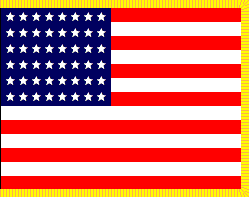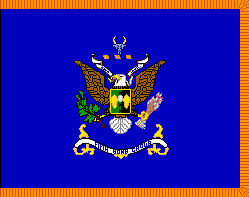UNITED STATES ARMY AIR FORCES
FLAGS, COLORS & GUIDONS
509th COMPOSITE GROUP • TWENTIETH AIR FORCE
WORLD WAR II







